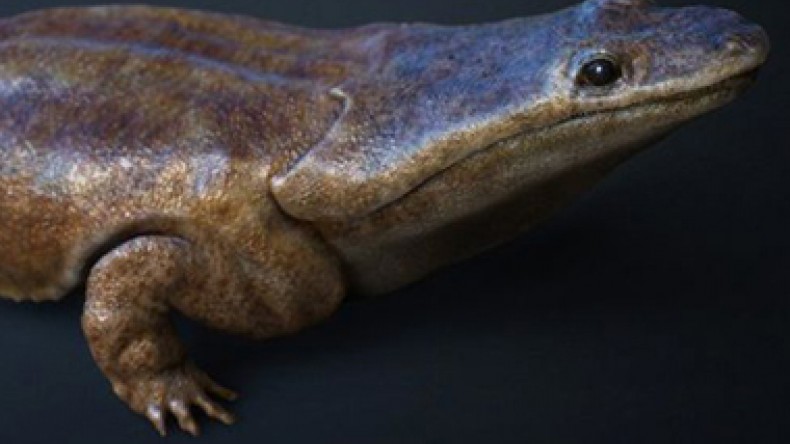
'Monster salamanders' found in fossilised mass grave
Scientists have discovered a new species of massive, toothy amphibian dating from 220 million years ago, the BBC reported.
Hundreds of the creatures probably died when a lake dried up, leaving a huge jumble of bones which is now being excavated in southern Portugal.
Although related to modern salamanders, the two-metre beast probably lived more like a crocodile, snapping up fish and scrapping with rivals on the shore.
The find is reported in the Journal of Vertebrate Paleontology.
"It's basically a salamander that's the size of a car," said Dr Steve Brusatte, a palaeontologist at the University of Edinburgh who led the research.
"It's one of those creatures from the distant past that looks like an alien - but it actually has quite a lot of relevance. These kind of big amphibians were the ancestral stock that modern frogs, salamanders and newts came from."
But unlike the mostly small and cute amphibians we know today, Metoposaurus algarvensis sat, rather heavily, at the top of the food chain.
"[It] had hundreds of sharp teeth in its big flat head, which kind of looks like a toilet seat when the jaws snap shut," Dr Brusatte said.
In the late Triassic period, when dinosaurs and mammals were still small and marginal, it was monsters like this which were "the big dogs", he told BBC News.
Other, related species were even bigger, stretching up to 10m in length - more like a bus than car.
Together these species dominated the supercontinent Pangaea, which was only beginning to split into today's land masses.
Newsfeed
Videos






























